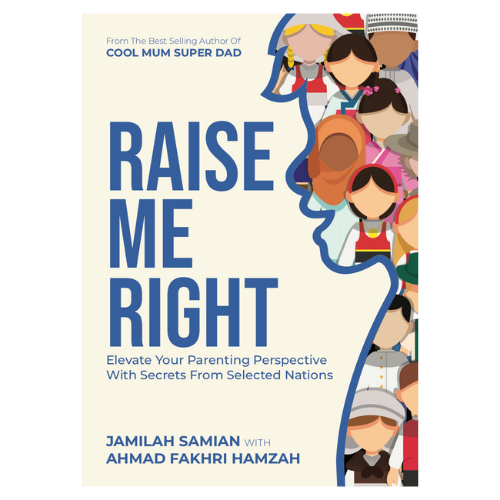 [Note: The writer spent one entire October week in Mongolia.]
[Note: The writer spent one entire October week in Mongolia.]
SKIP
When you travel across the vast Mongolian steppe, you’ll see herders on horseback, families tending to their animals, and children running freely with the wind in their hair. All in the midst of endless grasslands and open skies. You’ll see life unfolding in rhythm with nature. For Mongolian children, the outdoors is their classroom, playground, and home all at once.
In a world where many children grow up surrounded by walls and screens, Mongolian children grow up surrounded by the sky, wind and animals. Their childhood teaches resilience, adaptability, and a deep respect for the natural world, values passed down through generations of nomadic life.
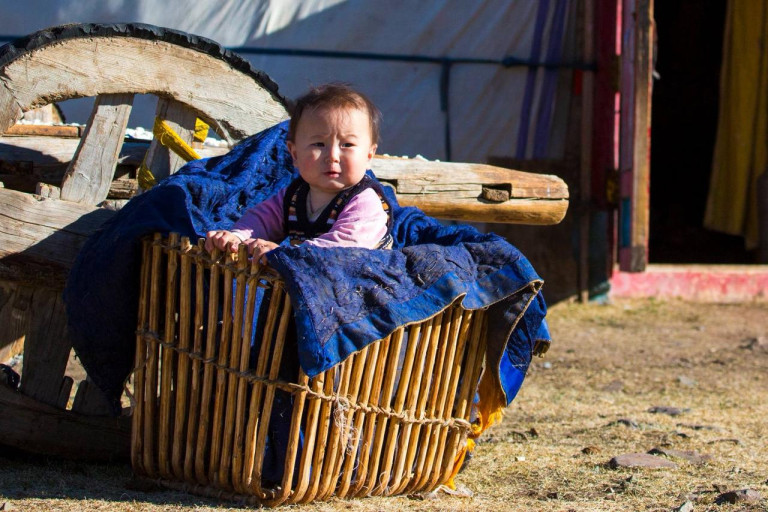
Born into the Wild
In nomadic families, children are introduced to nature almost from birth. The ger (yurt), their traditional home, is built to move with the seasons. The ger is compact, practical, and open to the elements. Babies nap to the gentle rhythm of horses galloping nearby, or the crackle of a dung fire keeping the family warm. Even before they can walk, babies are carried on horseback with their mothers, wrapped snugly against the cold.
The steppe is the child’s first teacher. The vast landscape shapes a child’s senses; the way they see, hear, and feel. Children learn to move through open space with an instinctive understanding of direction, distance, and weather. They can often sense when a storm is coming, or when animals are restless; small signs city children might never notice.
Anthropologist Adilbish Batkhishig (2015) noted that nomadic parents view outdoor life as an opportunity for growth. Potential dangers are a given, but they believe that physical exposure to wind, cold, heat, and dust builds inner strength. By necessity for survival, parents would say, “Take care, and be back before dark.”
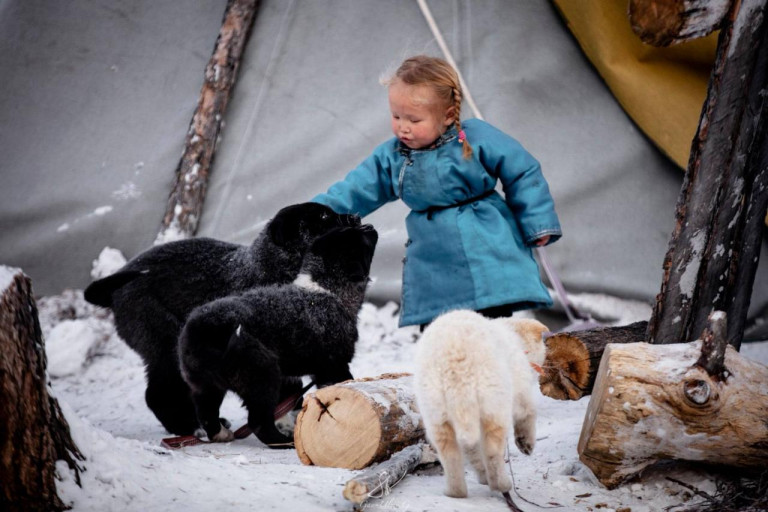
Learning Responsibility through Animals
From the moment they can walk, children start helping with herding. At five or six, they’re sent to follow the goats or sheep near the camp. By the time they’re ten, they can identify which animals belong to their family, distinguish between healthy and sick livestock, and even help deliver lambs or calves.
Such an early responsibility teaches patience and alertness. Losing an animal can mean losing food or income, so children learn to be watchful. They read the land the way some of us read books; recognizing fresh footprints, understanding how weather affects the herd, and remembering every water source in the area.
In Motherhood, Mothering and Care among Mongolian Herder Women (2024), researchers observed that children’s participation in herding tasks builds not only skills but also emotional maturity. Working alongside their parents, children feel valued and capable. Their contributions, no matter how small, keep the family thriving.
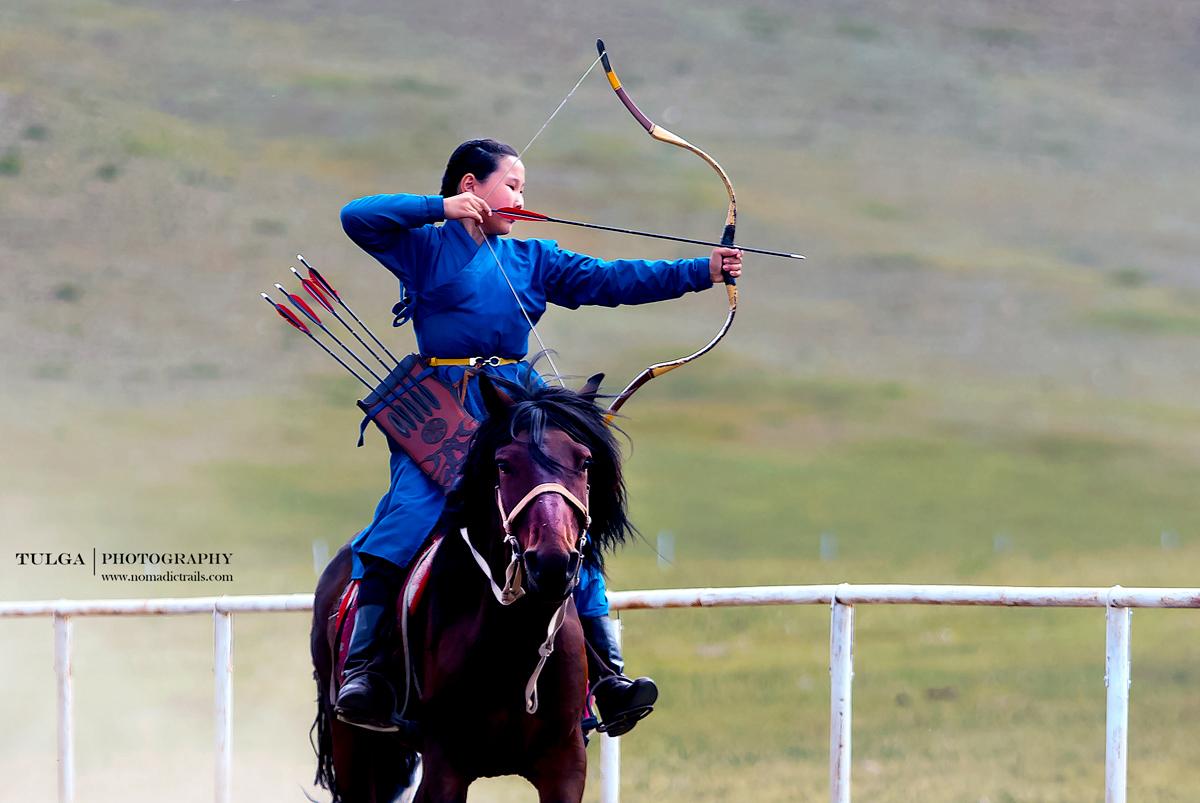
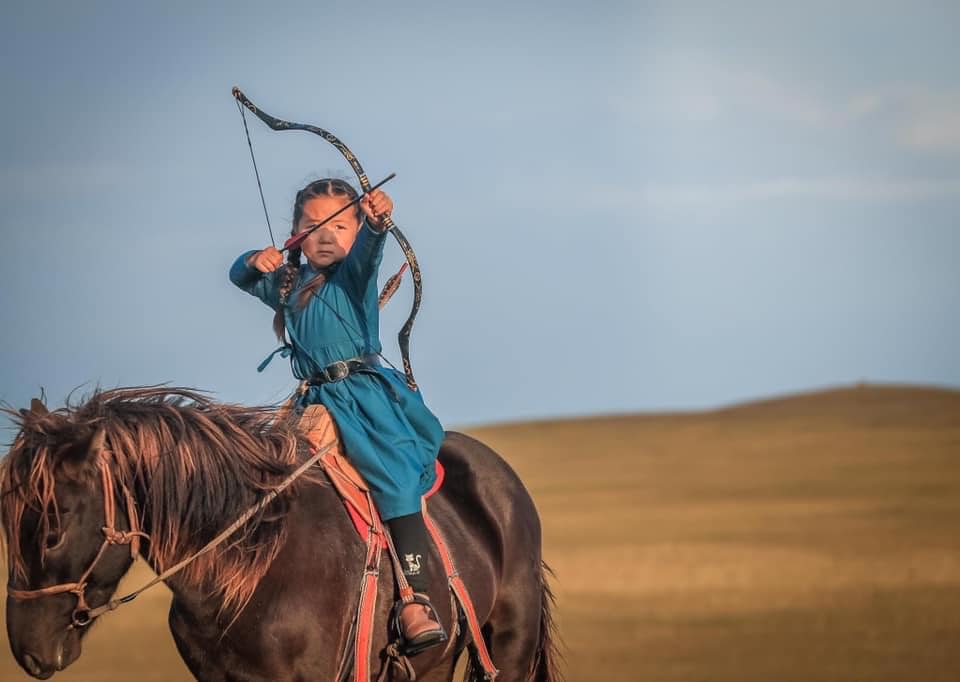
Horses: A Child’s Early Companion
Horses are at the heart of Mongolian culture. A child’s bond with horses begins early, sometimes before they can even tie their own boots. It’s not unusual to see a three-year-old being lifted onto a pony, learning balance as naturally as breathing.
By six or seven, many children, especially boys, start horse racing, one of Mongolia’s proudest traditions. The Naadam Festival, held every summer, celebrates the “Three Manly Skills” — wrestling, archery, and horse racing. In this ancient competition, children as young as seven are the jockeys, racing bareback over long distances. Their light weight and bravery make them ideal riders.
To an outsider, it might seem risky, but to Mongolians, it’s a vital rite of passage. Riding teaches courage, focus, and endurance. Children learn how to fall and get back up, a metaphor for life itself. Parents watch keenly, knowing that every ride builds both skill and spirit.
A study from the University of Greenwich (2023) highlighted how nomadic children’s equestrian training fosters what educators call “embodied learning”; knowledge gained through physical experience. Balancing on horseback, reading an animal’s movements, and navigating uneven terrain enhance not only physical coordination but also confidence and self-discipline.
Talking about racing and young children, I did wonder about safety, though. Riding a horse is one thing, but racing a horse is another.
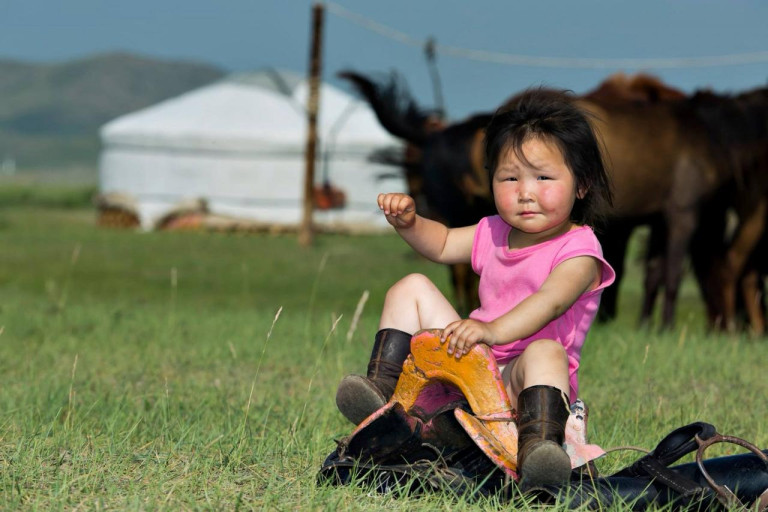
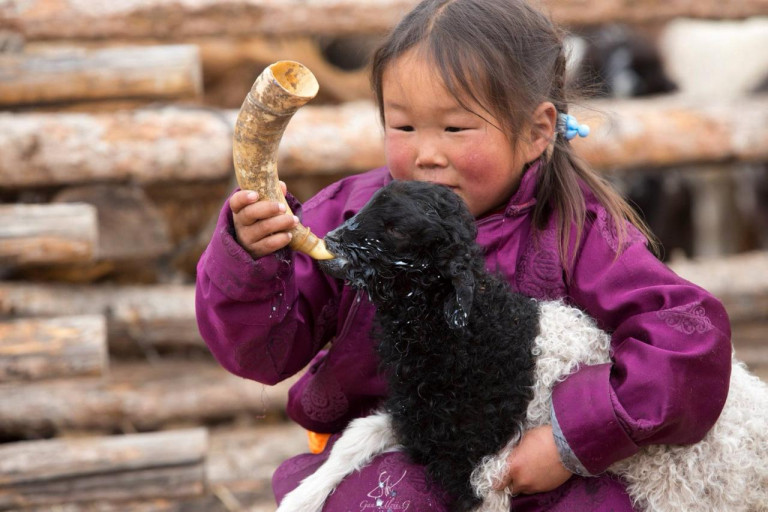
Archery: The Art of Focus and Calm
Archery, another of Mongolia’s ancient skills, is introduced to children once they have developed basic motor control and patience, usually around age eight or nine. More than a sport, archery is a practice that teaches mindfulness and emotional regulation.
During Naadam, children watch elders prepare their bows and arrows with respect. Boys and girls alike are encouraged to practice. The bow is traditionally made from horn, wood, and sinew, requiring precision to handle. Parents often begin by showing how to string the bow, how to breathe properly, and how to focus the gaze before releasing the arrow.
In Mongolian culture, archery symbolizes balance between body and mind, motion and stillness. A study in the Journal of Education, Culture and Society (Chuluun et. al., 2025) found that traditional activities like archery cultivate patience and mental discipline in young people. It is as much about knowing oneself as it is about hitting the target.
Some parents even use archery as a way to teach emotional control. “When you are angry, you miss the mark,” a father might say. “Calm your heart first.” This lesson extends beyond sport. It becomes a philosophy for life.
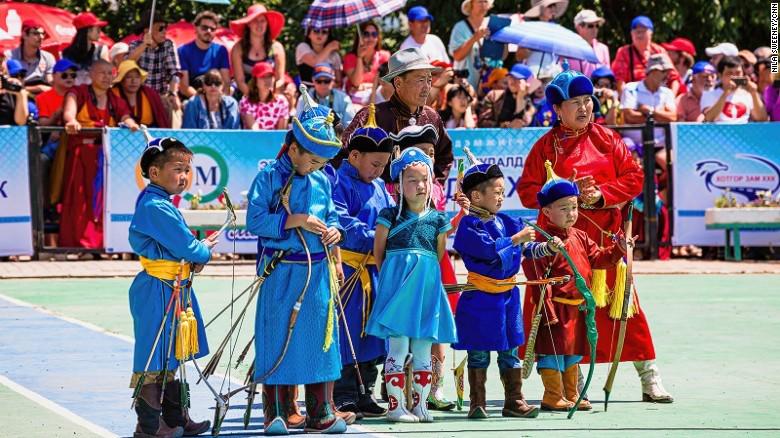
Learning from Nature’s Challenges
The Mongolian landscape can be harsh. Winters are long and bitterly cold; summers can bring sudden floods or droughts. Children grow up understanding that survival depends on preparation and adaptability. They watch their parents store hay before winter, repair gers against windstorms, and read the weather signs in the sky.
Instead of fearing hardship, Mongolian children are taught to face it with fortitude. They learn to ride through snow, fetch water from frozen streams, and navigate the steppe using stars. These experiences build resilience, a quality modern psychology increasingly recognizes as key to well-being.
A Liverpool University Press paper, Meaningful Learning for Resilience-building among Mongolian Pastoralists (2012), describes how pastoral life naturally nurtures problem-solving and emotional endurance. When the environment is unpredictable, children learn early that effort and adaptability matter more than comfort.
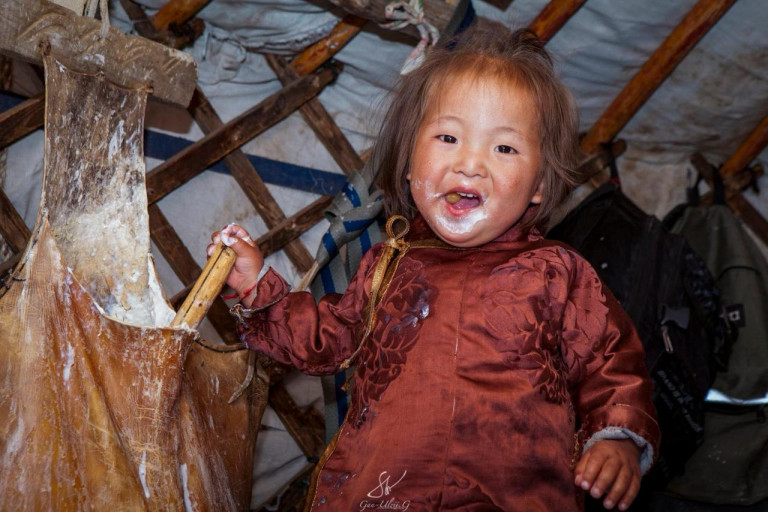
Play with Purpose
For Mongolian children, play is never far from work. A game might involve pretending to herd toy animals made of carved bone, or practicing lassoing with ropes. These playful acts prepare them for adult life.
During the long winters, families gather indoors and children play traditional games like shagai (ankle bone shooting). This ancient game, using sheep ankle bones, teaches precision and dexterity, much like archery. It’s also social, connecting generations through laughter and storytelling.
Modern toys are rare in rural areas, but that doesn’t mean children lack entertainment. Instead, their imagination fills the vast open spaces. They invent games out of stones, sticks, and songs. The simplicity of their play cultivates creativity and independence, qualities often lost in screen-saturated childhoods elsewhere.
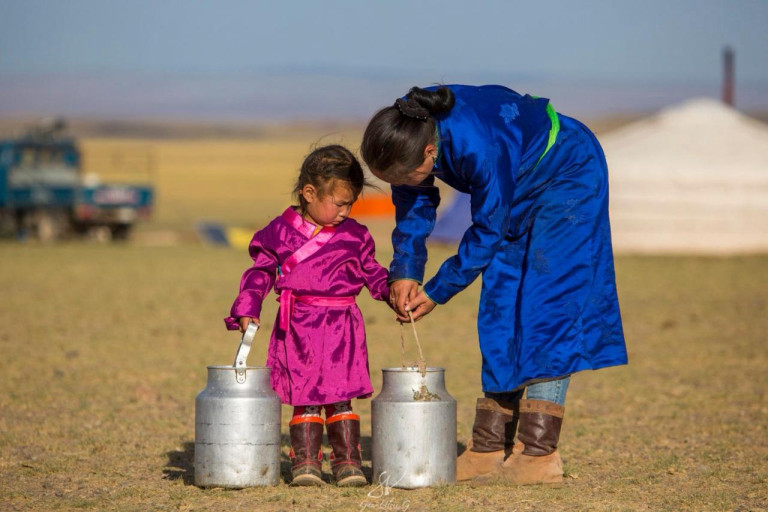
Community as the Safety Net
Although nomadic families are self-reliant, they are rarely isolated. Extended kin and neighboring herders form a tight-knit support network. Older children often help care for younger ones across families, creating bonds that go beyond blood.
Education, too, reflects this communal spirit. In recent years, the Mongolian government has supported “mobile schools”, programs where teachers travel with nomadic families, or children stay in temporary boarding schools during extreme weather. These initiatives blend formal education with traditional learning, ensuring that children remain connected to both worlds.
Researchers from the University of Greenwich noted that educators who succeed in nomadic areas are those who respect local knowledge, recognizing that outdoor learning and cultural skills are not inferior to classroom instruction, but complementary.
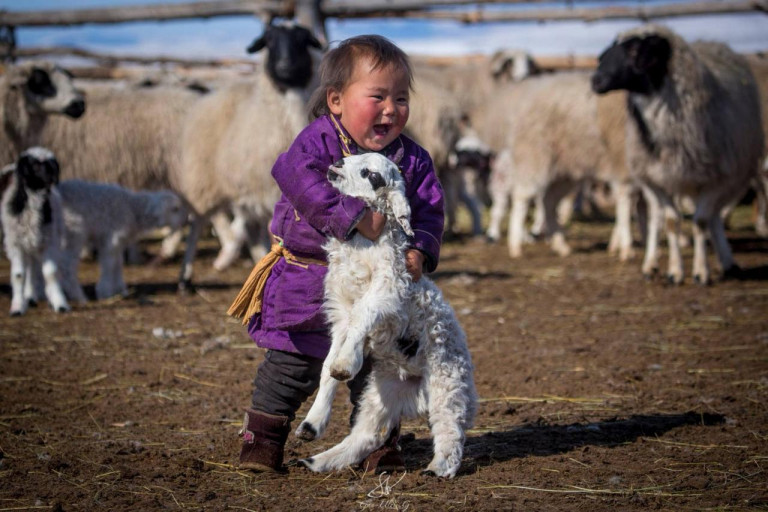
Bridging Tradition and Modernity
While city life is growing in Mongolia, many families still carry nomadic values even after moving to urban centers. Parents encourage outdoor activities, horseback riding clubs, and cultural camps to keep children connected to their roots. Even in Ulaanbaatar, children can join archery classes or summer camps where they learn to ride, herd, and survive outdoors, keeping the spirit of the steppe alive.
Modern educators are beginning to see the wisdom in these traditions. Outdoor learning, experiential education, and resilience training are all buzzwords in today’s parenting world that have been part of Mongolian upbringing for centuries. Nomadic life naturally integrates these concepts, reminding us that connection to nature is not a luxury but a foundation for growth. Mongolian parents don’t shelter their children from discomfort. They trust them to take responsibility, to make mistakes, and to learn from nature’s lessons. They raise children who can fix what’s broken, read the weather, and stay calm under pressure.
Special thanks to Davaa for sourcing photos of Mongolia.
REFERENCES
- UNICEF Mongolia (2024). Mobile Early Childhood Education Service in Remote Rural Communities
https://www.unicef.org/mongolia/stories/mobile-early-childhood-education-service-remote-rural-communities
2. Chuluun, B., Batsaikhan, L., & Lkhagvadorj, N. (2025). Cultural Rituals for Young Children in Mongolia. Journal of Education, Culture and Society.
https://www.jecs.pl/index.php/jecs/article/view/1790
3. Adilbish, B. (2015). Traditional Child-Rearing Principles among the Mongols. Flinders University.
https://flex.flinders.edu.au/file/6d920077-a5d1-4859-a06c-2b3f36cdc1a5/1/Thesis_BatkhishigAdilbish_2015.pdf
4. UNICEF Mongolia (2024). Summer Program: Herder’s Children Improve Their Knowledge and Skills While Playing.
https://www.unicef.org/mongolia/stories/summer-program-herders-children-improve-their-knowledge-and-skills-while-playing
5. Mongolian Ways (2023). Do Things with a Nomadic Family.
https://www.mongolian-ways.com/travel-blog/do-things-with-nomadic-family
6. UNESCO (2023). The Coaxing Ritual for Camels.
https://ich.unesco.org/en/USL/coaxing-ritual-for-camels-01061
7. Morgan, J. (2023). Practitioner Perspectives on Implementing Alternative Early Childhood Education for Mobile Children in Mongolia. University of Greenwich.
https://gala.gre.ac.uk/id/eprint/38494/3/38494_MORGAN_Practitioner_perspectives_on_the_challenges_of_implementing_alternative_early_childhood_education_ECE.pdf
8. Munkh-Erdene, D. (2024). Motherhood, Mothering and Care among Mongolian Herder Women. Agriculture and Human Values, 42(1).
https://link.springer.com/article/10.1007/s10460-024-10587-y
9. Fernandez-Gimenez, M. (2012). Meaningful Learning for Resilience-building among Mongolian Pastoralists. Nomadic Peoples, 16(2).
https://www.liverpooluniversitypress.co.uk/doi/10.3167/np.2012.160205
10. Should An 8-Year-Old Be Allowed To Race A Horse?
https://globalpressjournal.com/asia/mongolia/8-year-old-allowed-race-horse/






